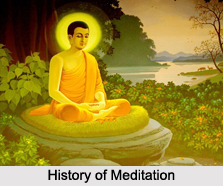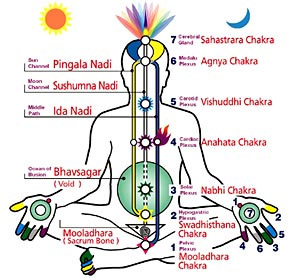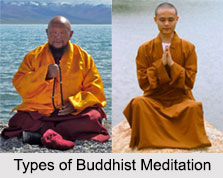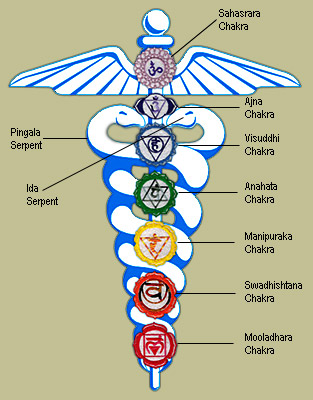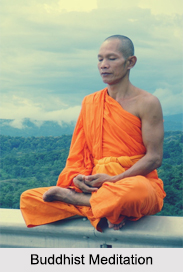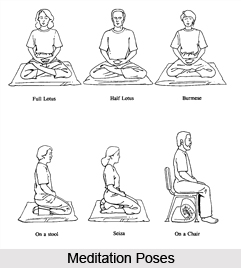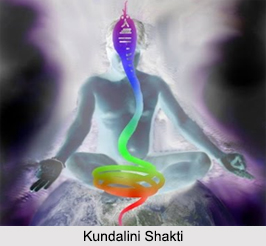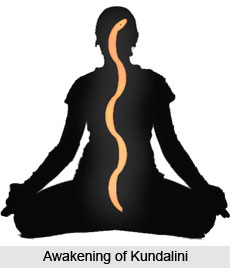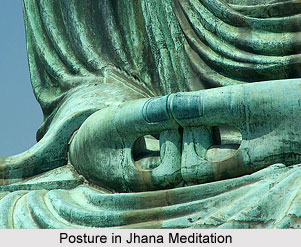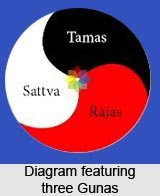 Vipassana Meditation is one of India"s most ancient techniques of meditation. It is a way of self-transformation through self-observation and introspection. It focuses on the deep interconnection between mind and body, which can be experienced directly by disciplined attention to the physical sensations. This indeed supports that continuous interconnection of mind and body while improving the condition of the life of the mind.
Vipassana Meditation is one of India"s most ancient techniques of meditation. It is a way of self-transformation through self-observation and introspection. It focuses on the deep interconnection between mind and body, which can be experienced directly by disciplined attention to the physical sensations. This indeed supports that continuous interconnection of mind and body while improving the condition of the life of the mind.
Vipassana meditation is the meditative way of self-transformation amidst the path of self-observation. It focuses on the deep interconnection between mind and body. This interconnection is experienced directly by disciplined attention to the physical sensations that form the life of the body.
Etymology of Vipassana Meditation
Vipassana or Vipashyana in Sanskrit means "insight into the impermanent nature". The word Vipassana has two parts like "Vi" and "Passana". The expression "Passana" means "seeing" or "perceiving". However, the prefix "vi" has several meanings, one of which is "through". Hence, the complete meaning of Vi-Passana is therefore "insight".
Concept of Vipassana Meditation
Vipassana Meditation also coined as the Insight Meditation. Knowing the true self through an intense and acute insight is indeed the root of this meditation process. The concept of this meditation was rediscovered by Gautama Buddha around 2500 years ago. Buddha said that there are causes for the sufferings and the cause of sufferings can only be eradicated when one succeeds in seeing one"s own nature. He identified the two factors – desire and ignorance, as the roots of suffering and also felt that if these factors are eliminated then only the mind will be able to be in touch with something permanent beyond the changing world.
Principles of Vipassana Meditation
While the practice of Vipassana meditation in Buddhism differs from school to school, the underlying principle remains always the same. It is the idea of investigating the phenomena as they manifest in the Four Foundations of Mindfulness, which are highlighted in the Satipatthana Sutta, namely kaya (body or breath), vedana (feeling or sensation), citta (mind) and dhamma (mind objects).
Techniques of Vipassana Meditation
The practice of Vipassana meditation is centred on the present moment, concerned with staying in the now to the most possible extreme degree. It consists of observing body (rupa) and mind (nama) with bare attention. In a broader sense, Vipassana has been used as one of two poles for the classification of types of Buddhist meditation, the other being Samatha (Pali and Sanskrit). Samatha is a focusing, assuaging and calming meditation, similar to many traditions of the world, particularly yoga. It is used as a preparation for Vipassana, conciliating the mind and strengthening the connection in order to allow the work of insight. In Buddhist practice it is said that, while Samatha can soothe the mind, only insight can disclose how the mind was disturbed to start with, which leads to prajna (knowledge) and jnana (wisdom) and thus understanding, preventing it from being disturbed again. The term is also used to refer to the Buddhist Vipassana movement, which employs Vipassana and anapana meditation as its primary techniques and lays emphasis on the teachings of the Satipatthana Sutta. Vedana (sensation or feeling) is the initial subject of investigation.
Vipassana meditation is thus the observation-based, self-exploratory journey to the common root of mind and body that dissolves mental impurity. This results in a balanced mind full of love and compassion.
Vipassana meditation is scientific and is based on the scientific laws that operate one"s thoughts, feelings, judgments and sensations. It is the knowledge of understanding the self, the knowledge of self and indeed the observation of self through direct experience. Through Vipassana meditation life becomes characterized by increased awareness, non-delusion, self-control and indeed peace. Vipassana Meditation as the concept goes is the idea of perceiving the inner self. The secret of happiness thus lies in the ability of seeing one"s self clearly.

